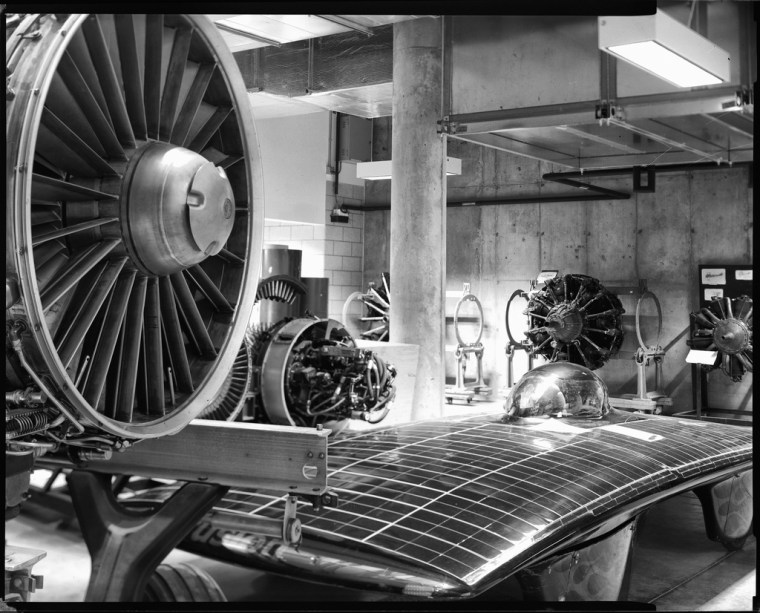Henri Coanda was born in Bucharest, Romania on June 7 1886 in a large family with five brothers and two sisters. His father, Constantin M. Coanda, was a decorated Romanian soldier and following in his footsteps he also enlisted in the military. He finished his military education with high honors, but his keen interest in flying and his desire to achieve this sent him down a much different path.
Coanda attended a technical university in Germany and also attended the Superior Aeronautical School in Paris where he graduated at the top of his class with the highest of honors. In less than a year, he had partnered with Gianni Caproni, another known aviator, to construct what was called the Coanda-1910. This aircraft was displayed in Paris at the Second International Aeronautical Exhibition. But, unlike other planes of this time, Coanda’s aircraft did not have a propeller. The plane had an oddly shaped front with built-in rotary blades arranged in a swirling pattern. It was driven by an internal turbine screw that would suck air in through the turbine while the exhausting gases exited from the rear, driving the plane forward by propulsion.

As impressive as this jet engine was, no one believed that it could fly. It is not believed that it ever did achieve flight, despite some contradictory claims by Coanda himself, but was instead struck by disaster. It is rumored that as Coanda injected more fuel into the engine, he was surrounded by flames, thrown from the craft and was lucky to make it out alive. Coanda is not credited as the inventor of the first jet plane, but it is his technology that sky rocketed future aviation research and provided perspective into how jet engines should be built.
Coanda is most known today for his research into what is now known as the Coanda Effect, or propensity of a fluid to adhere to the walls of a convex surface. It is this principle that creates lift on an airplane wing and is also the driving force behind many of EXAIR’s Intelligent Compressed Air Products. If you’d like to discuss how the Coanda effect is utilized in a Super Air Knife, Super Air Amplifier, or Super Air Nozzle give us a call!
Tyler Daniel
Application Engineer
E-mail: TylerDaniel@exair.com
Twitter: @EXAIR_TD
Jet Engine image courtesy of Luke Healy via Creative Commons License